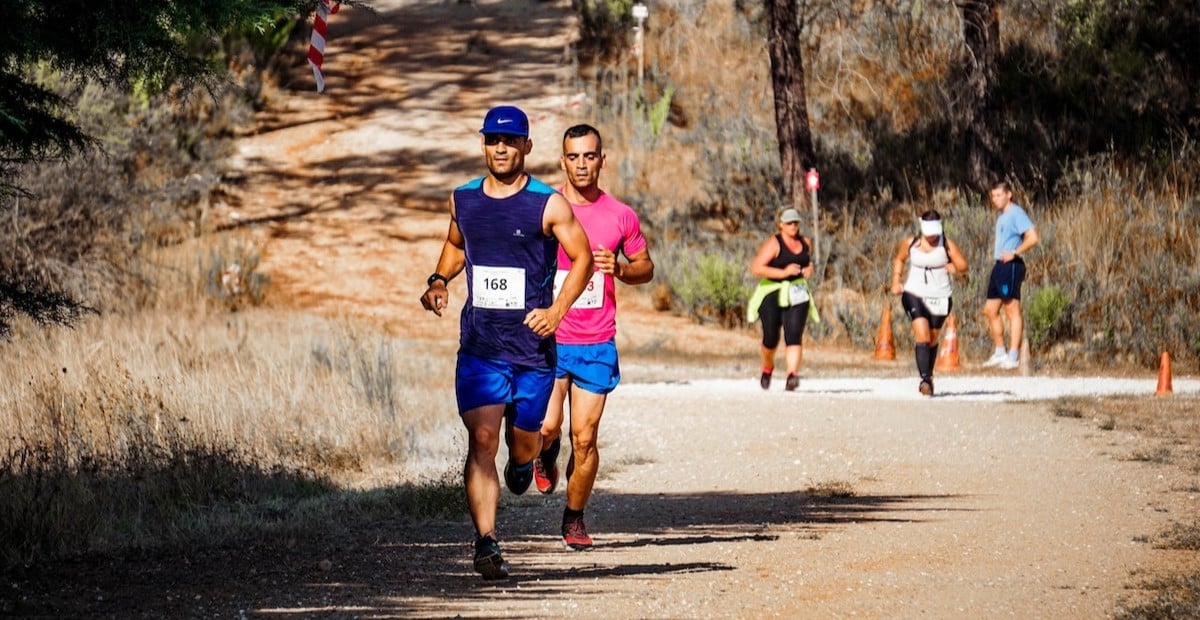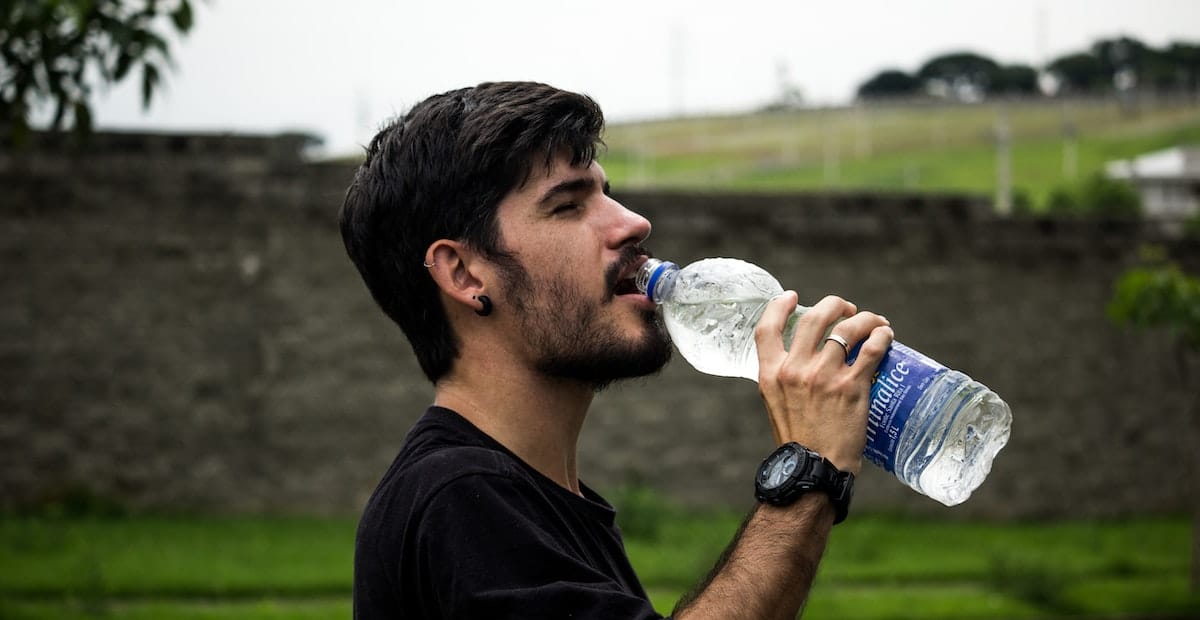
Contents
How to prevent heat rash from burning you out
Heat rash, prickly heat, and issues with sweat glands – what do these have in common?
eat rash, prickly heat, and issues with sweat glands – what do these have in common?
They can burn a big fat hole throu
They can burn a big fat hole through your running schedule.
So, you need to make that schedule fireproof.
We have to recognise that heat rash isn’t exactly life-changing. But like a fly buzzing around and stealing your focus, disruption is disruption. With heat rash, there are a lot of things that could stop you from running or working out: discomfort, reduced mobility, and temperature issues. But if you learn a secret or two of how a heat rash occurs, the symptoms of heat rash, and ways to treat heat rash symptoms, then you should have a hard time even using the term issue when it comes to dealing with them.
Let’s keep your skin cool and knowledge optimised with heat rash healing tips.
What is
Heat rash, also known as miliaria, is a common skin irritation that occurs when sweat ducts become blocked, and sweat is unable to evaporate from the skin. This can lead to the development of small, red bumps on the skin, which can be itchy and uncomfortable.
There are a few steps you can take to prevent and treat heat rash:
- Keep your skin cool: Wear lightweight, loose-fitting clothing and avoid being in hot, humid environments for extended periods of time. If possible, try to stay in air-conditioned or well-ventilated areas.
- Avoid heavy sweating: Exercise and other activities that cause heavy sweating can increase your risk of developing heat rash.
- Use talcum powder: Applying talcum powder to your skin can help absorb excess moisture and reduce the risk of heat rash. Be sure to use a brand that is safe for your skin, and avoid applying too much, as this can clog your pores.
- Take a cool shower or bath: Cool showers or baths can help soothe irritated skin and reduce the risk of heat rash.
- Avoid tight clothing: Tight clothing can restrict airflow to your skin and make it more difficult for sweat to evaporate.
- Use over-the-counter creams: There are several over-the-counter creams and ointments that can help treat heat rash. These include calamine lotion, hydrocortisone cream, and topical antihistamines.
- Seek medical attention: If your heat rash is severe or does not go away after a few days, it is important to seek medical attention.



Conclusion
In conclusion, heat rash can be a frustrating and uncomfortable condition, but it is generally not serious and can be treated with simple measures like keeping your skin cool, avoiding heavy sweating, and using over-the-counter creams. If your heat rash is severe or does not go away after a few days, be sure to seek medical attention to ensure proper treatment.
FAQs
Is excessive sweating something to worried about?
A sweat rash, skin rash, and prickly heat rash can all be triggered by excessive sweating. Get it checked out.
Is it good to wear loose cotton clothing?
Cotton isn’t the best material to help reduce sweating, but if you are, then loose clothing is a must.
**Check out our post “How to use an epilator” to learn more.